Production Set Design Jobs
Production design is a broad field that includes interior design, set design, and fashion design. The term production design refers to the creation of environments for film, TV, or game production.
Film production designers create the settings in which the film is shot- from the interior settings of a room or building, to the exterior landscape. They also create the props used in the film.
Just like their colleagues in other fields of production design, film production designers are tasked with creating sets and/or costumes that reflect the story being told. How they do this depends on whether they are designing sets or costumes.
Their work is important for both aspects of film production- if the sets and costumes are poor quality, then this will reflect poorly on the film as a whole. On the other hand, strong set and costume design can enhance the overall story being told.
There are many different levels of authority within film set design. This article will discuss some of these positions and what they do.
Who does set design?
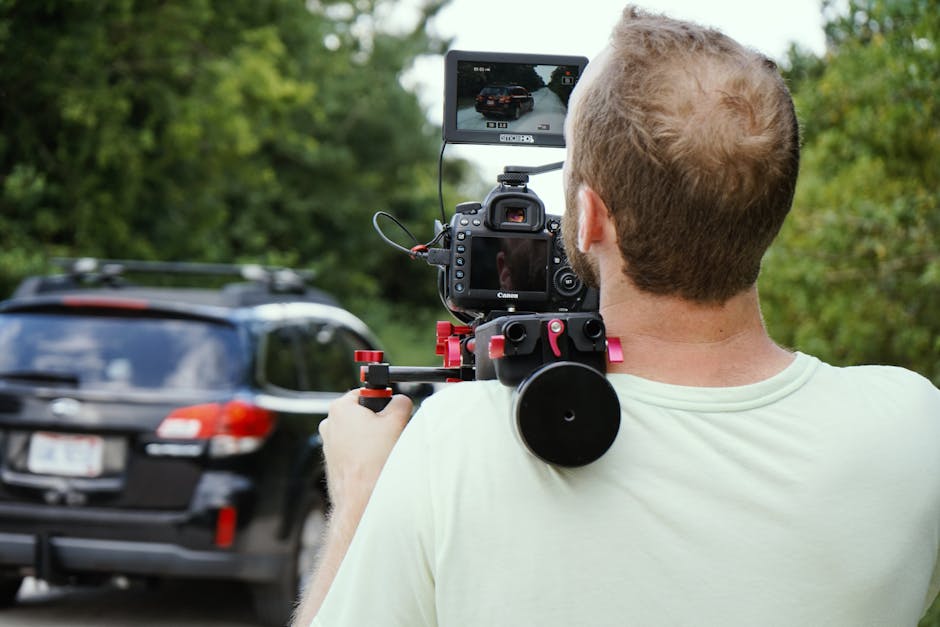
Photo by Kyle Loftus on Pexels
Set designers are the people that design and create the settings of a film, show, or movie. These are not necessarily the architects or buildings experts, but rather the people that design the overall look and feel of the space.
Typically, set designers are either interior or exterior designers. That is, they either design interiors (rooms and buildings) or exteriors (grounds and settings). Some set designers combine these two skills to create truly unique settings.
Because movies tend to have very specific needs for sets, set designers need to be very aware of what is needed for a scene and how to construct it in a way that is movie-quality. This can range from very simple things like paper boxes turned into a house to very complex like fully functioning homes with hidden cameras to catch inside scenes.
Even though some set designers may not have an interior design or architecture background, having some knowledge of those fields can help with setting design.
What skills do you need?
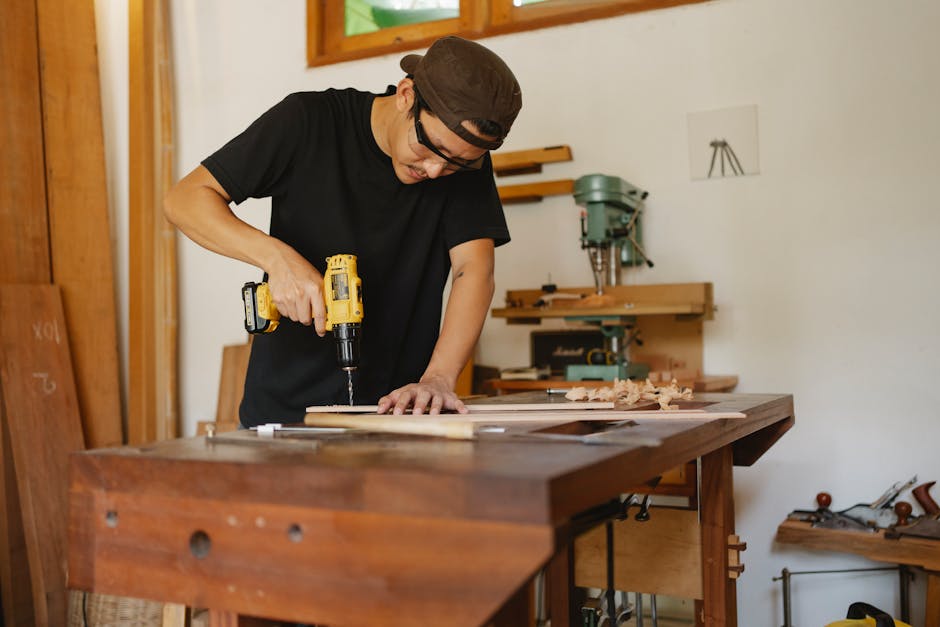
Photo by Ono Kosuki on Pexels
If you are interested in becoming a set designer, you should be familiar with basic carpentry skills, working with materials like wood and plastics, and have an understanding of stage design.
Many set designers begin their career as architecture students, as most colleges offer a basic design course that includes designing buildings and spaces. This is an easy way to get your feet wet in the design world!
Since most films are shot in sequence, you need to be able to coordinate the other departments to have everything they need for each scene. This includes having enough space for the cameras and equipment, ensuring safety for light fixtures and furniture, and keeping continuity from scene to scene.
Some set designers have a background in art, but this is not required.
What are the challenges of being a set designer?
As mentioned before, the most common difficulty of being a set designer is the lack of availability to work. Once you get hired by a company, company’s tend to stick with you for awhile, which is a blessing and a curse.
It is a blessing because you will have steady work for at least a few months, if not longer. It is a curse because if you do not get hired at another company, you may be stuck with the same scenery for quite some time.
With the rise in popularity of short films and film studies, more and more people are becoming interested in becoming set designers. This competition increases availability competition, making it harder to get hired by companies.
As stated before, set designers must have an eye for detail and know how to manage it. Sometimes people do not know how to manage their own self-confidence or do not recognize their own talents, which can lead to failing to achieve success in this field.
What are the set design requirements?
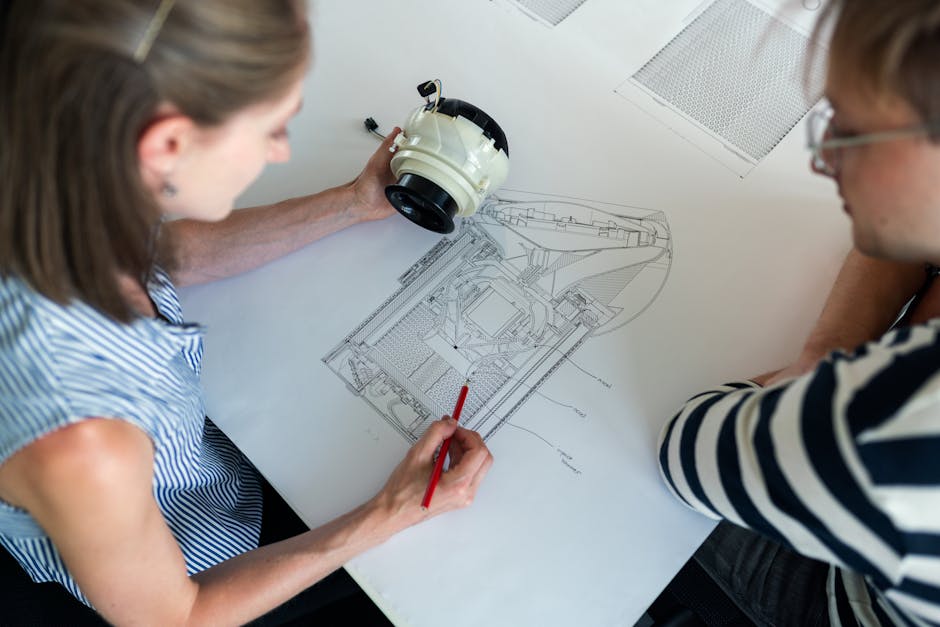
Photo by ThisIsEngineering on Pexels
A set designer must have a strong sense of space and design. You must be able to draw and/or create sets that are functional, interesting, and attractive. You must be able to plan out the set design according to the story being told and the mood you are trying to evoke.
In addition, you must be able to collaborate with other team members. Production set designers work closely with other staff members, including the director, production designers, and lighting designers. You must have a sense of responsibility as you contribute significantly to the overall production.
Many film schools offer degrees in film production or film studies with a specialization in set design. These programs offer extensive education on all aspects of film production, including setting development, lighting, and other related areas. Many graduates of these programs go on to successful careers in the industry.
What are the different stage sizes?
Photo by Gustavo Fring on Pexels
Stage sizes are typically categorized into five standard sizes: small, mini, mid-size, large, and extra-large. Some theaters may have more distinct sizes, like very large or jumbo.
Small stages are usually about three feet high and four feet wide. These are called low stages and require the dancer to literally bend down on all fours to enter their role. These are used for very specific roles like mice or bugs.
Mini stages are about six inches high and eight feet wide. These are called flat floors and require the dancer to literally walk on the floor instead of a stage. These are used for roles like street scenes or outer space where there is no flooring implied.
Mid-size stages are about twelve to fourteen feet high and twenty feet wide. These are standard theater stages that most dancers spend the majority of their career performing on.
Large stages are about eighteen to twenty-four feet high and thirty to thirty-six feet wide. These require more physical strength due to height and weight of moving around on the stage. Large platforms may be required for certain roles like giants or beasts.
How do you create a set design?
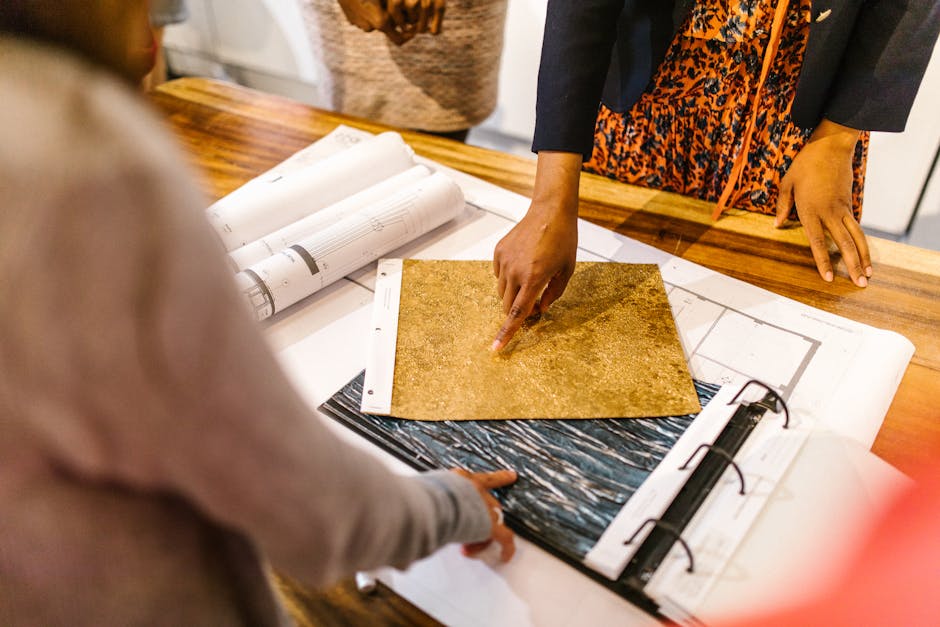
Photo by RODNAE Productions on Pexels
Creating a set design begins with choosing a style. You can choose from many different styles, from traditional to modern to sci-fi. It is up to you what style you want to use!
After you choose a style, then you must find images and videos of sets that are in that style. You also must search for things like furniture, props, and decorations that fit into the set design.
Then, you put all of these together to form the layout of the set. This includes deciding where each piece of furniture, prop, or decoration goes. How do they fit together? Does something overlap or look odd? Fix those!
After the layout is done, it is time to start decorating! Add in all the little decorations and props that make your set come to life. Make sure they all fit in with the theme and don’t look weird or out of place.
What are the main elements of a set design?
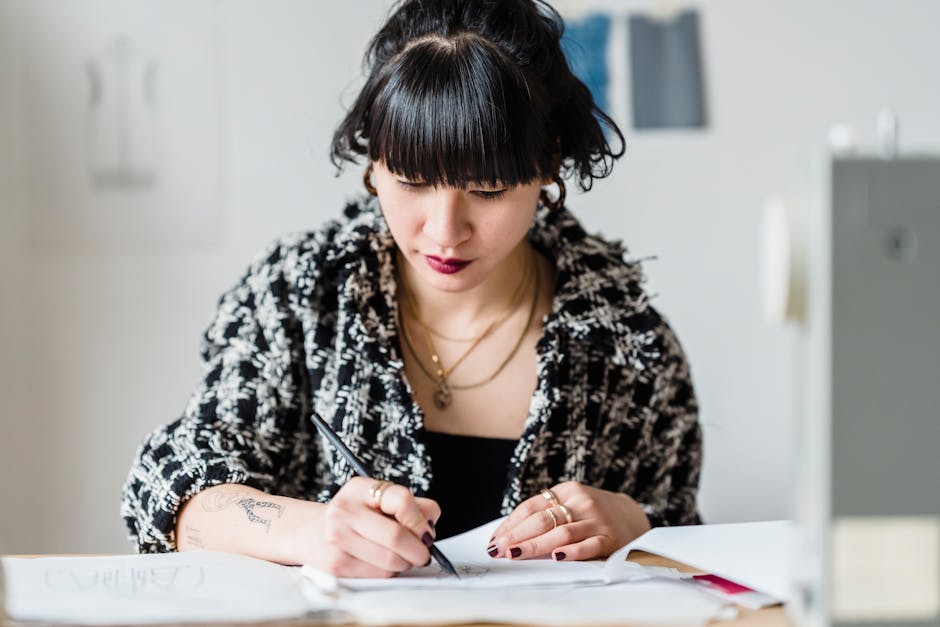
When discussing set design, the words scenery, environment, and design are used interchangeably. All three terms refer to the same thing: how the space is prepared to be a setting for the film.
Scenery refers to the actual objects that make up the setting. These can range from books on a shelf to an aquarium with fish in it. Anything that is added to the space is considered scenery.
Environments can be very broad terms. For example, a beach is a specific environment. A set designer would need to get some sand and sea creatures (or dummies) to create a beach scene.
Set designers have many resources at their disposal to create a setting. They can go shopping at big-box stores or specialty boutiques for furniture and decorations to fill in the space. They can go shopping at discount or second-hand stores for less expensive items that still look good on camera.
They can also buy or source their own materials like wood, foam, or glue for more creative sets.
Examples of famous sets
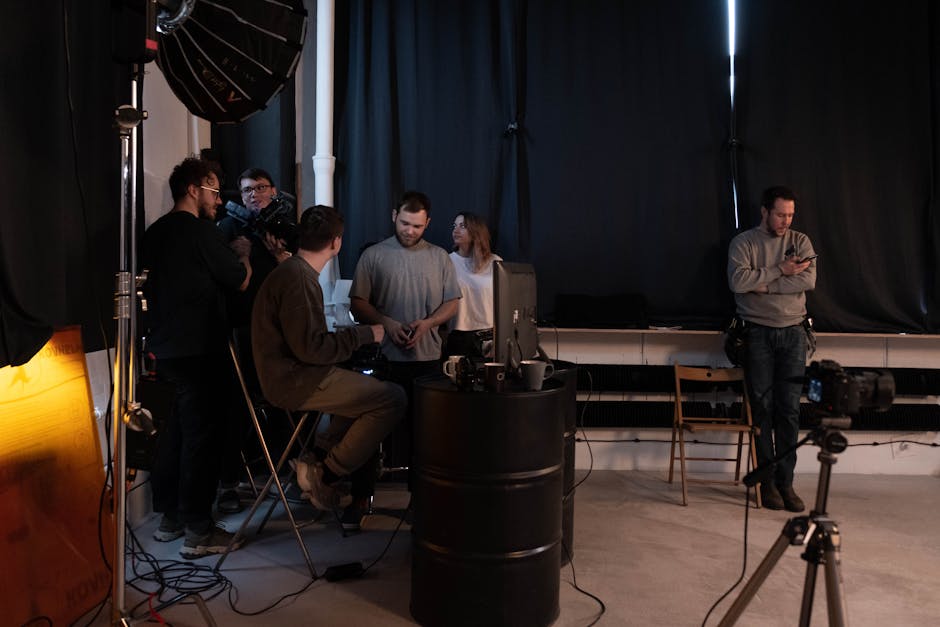
Photo by cottonbro studio on Pexels
Some of the most famous sets in film history include the apartment from Sex and the City, The Golden Girls’ living room, and Harry Potter’s Hogwarts castle.
Many famous sets are actually real places that have been re-created for film. For example, many films use a hotel suite or an apartment as a set because they are already furnished and typically have unique features.
Some sets are completely fabricated from the ground up using different materials and techniques. These can take a long time to create and assemble, which is why some production companies have special set designers who specialize in these processes.
If you are looking to get into production set design, you should first research what types of settings are used most often and then look for ways to improve their design while keeping them within budget.



Are you dreaming of launching your own studio or production company? Are you struggling to turn your creative passion into a thriving business? A Guide To Building | RENTAL STUDIO | Curate & Create is not just another downloadable business guide - it's a goldmine of first hand insights and experiences that will guide you from concept to reality in the world of content creation.
Key Features:
Exclusive Insights: This guide is packed with real-life experiences, providing you a transparent look at what it truly takes to start and sustain a production company. You won’t find fluff or filler here - 40 pages of honest revelations from someone who’s walked the path.
Lessons Learned: Benefit from a myriad of lessons painstakingly gathered over years of trial and error. Use these teachings to sidestep common mistakes and take smarter, more informed actions on your business journey.
The Emotional Rollercoaster: Discover the personal highs and lows of being a small business owner in the creative industry. Gain emotional intelligence and resilience to weather the storms that inevitably come with entrepreneurship.
Actionable Advice: Every chapter concludes with concrete strategies and steps you can take today. We’re not just about inspiration—we equip you with the tools to act.